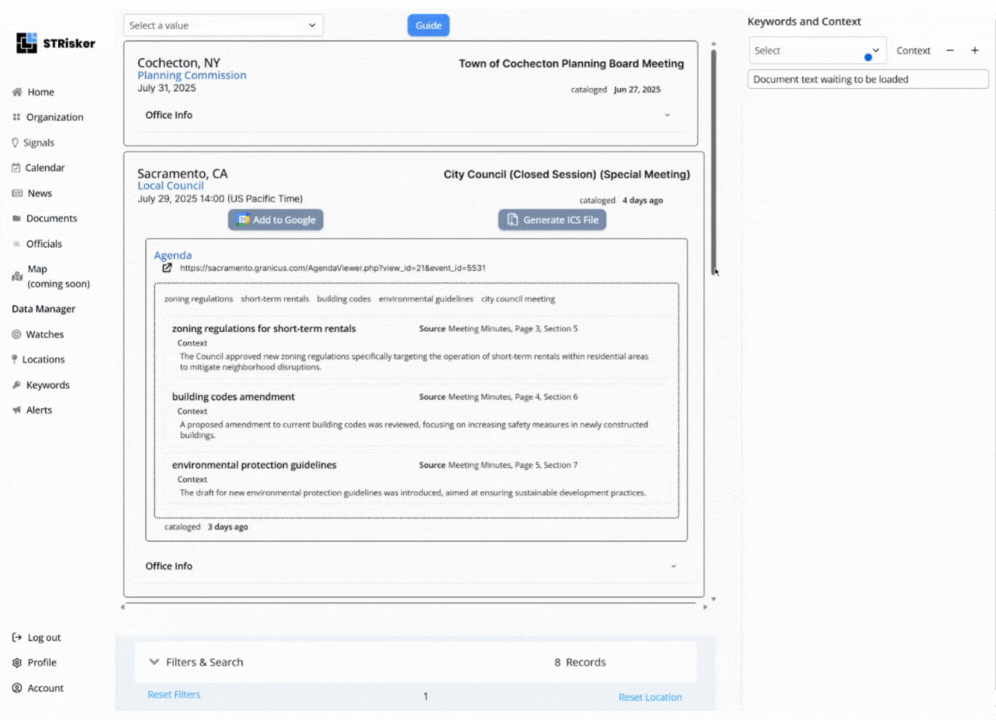🎯 STRisker: Bulletin - Montana
New Montana Tax Rules Signal Major Cost Surge Ahead for Short-Term Rentals


Short-Term Rentals Face Big Shifts Under Montana’s New Tax Rules
Montana’s new second-home tax is officially taking shape for 2026, and for anyone who operates a short-term rental, this next year is shaping up to be a major pivot point.
With the Department of Revenue rolling out detailed rules, owners of Airbnb-style rentals now have a clearer picture of what their tax bills could look like. And if you’re not paying attention, you could easily end up in the group facing an average 68% tax increase next year.

At its core, the law flips the default tax rate for residential properties, raising it across the board while offering a homestead exemption that lowers rates again for homeowners and landlords who use their properties as primary residences or long-term rentals for seven months a year. Short-term rentals, as expected, generally do not qualify.
That’s where things get interesting. Because many Montana properties blend residential use with short-term rental activity, the state has laid out a series of new guidelines explaining how those “mixed-use” properties will be taxed. For STR hosts, these rules are essential reading.

STRisker Calendar Tracker
Staying ahead of STR regulations isn’t just about deadlines—it’s about knowing what’s coming. Our Calendar Tracker keeps you informed on upcoming meetings, key votes, and policy changes, so you never miss a critical update.
For example, if you live in your home full-time but rent out an accessory dwelling unit (ADU) long-term, the entire property still qualifies for the lower homestead tax rate. But swap that long-term renter for a vacation-style guest house booked on Airbnb, and suddenly things shift. In that scenario, the main house and land get the lower rate, but the rental structure is carved out and taxed at the higher second-home rate.
The same logic applies to multifamily homes. A fourplex with one owner-occupied unit and two long-term rentals still qualifies entirely for the lower rate. But throw in even one short-term rental unit, and the state prorates the taxes—for example, 75% of the building taxed at the lower rate, and 25% at the higher rate.
Have a backyard Airbnb? Proposed rules say Montana’s upcoming second-home tax will hit it. https://t.co/QknZhnNXLX via @MTFreePress
— KLTZ News (@KLTZ_News) November 14, 2025
Landlords and homeowners who want the lower rate will need to apply between Dec. 1 and March 1, unless they’ve already been automatically qualified due to previous property tax rebates. The rules also require anyone who qualifies to update the department within 30 days of selling, moving, or changing how the property is used.
Public input is still open. A hearing will be held at 11 a.m. on Dec. 1 in Helena, with written comments accepted through Dec. 8.
Stay Updated with STRisker
STRisker offers tools and features to keep you updated with the Short-Term Rental movement across the U.S.
👍 We’d love your feedback.
We're always looking for ways to improve Bulletins.
Was this one useful to you? Other topics you'd like to see get covered?
✉️ Just reply directly to this email. We read and respond to every message!
-Will McClure
🙋 P.S.
Know someone else who should be reading this Bulletin? Feel free to forward this along. We want to make sure operators and stakeholders are aware of regulatory changes in their area.
